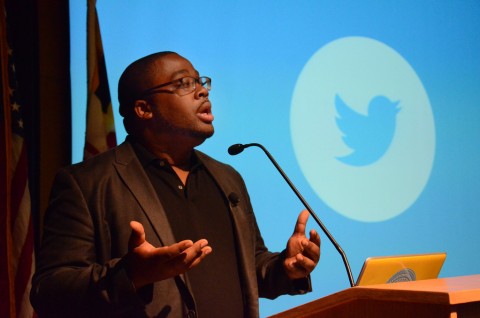Stories: Feeding Networks Forward
July 1, 2015 Leave a commentLast week I had an interesting conversation with an evaluator who was curious about some of the networks for food system development we’ve been supporting through IISC. We got to talking about “metrics,” which led into consideration of the role of story in not simply gauging network effectiveness, but also in stimulating network evolution. Communication and social learning are part of the life-blood of human networks. This is something that we’re coming to understand at a more profound level amidst the complexity of food system transformation work at all levels.
As we try to identify “leverage points” to shift regional food system dynamics in New England in the direction of increased local production, food security, economic development, resiliency and equity across the board, we are realizing that more robust connectivity and sharing across boundaries of many kinds is a significant strategy and form of structural change that can allow for critical self-organization and adaptation. Stories become one of the critical nutrients in this work.
For example, as much as we have begun to share data, and importantly disaggregated data, across the region, we have found that stories often have more stickiness and staying power. The stories that were shared at last year’s Food Solutions New England (FSNE) Food Summit about racial equity and white privilege have been referenced for their impact in creating an environment of genuineness, that have spurred others to speak up and take up the conversation about the reality of structural racism in our food system. This has in turn brought more trust and diversity to the network, which has helped to create a more comprehensive understanding of the food system and possibilities for decentralized and more formally coordinated network action.
Furthermore, we have begun to solicit stories of success and innovation around embracing the FSNE Vision (of 50% self-sufficiency with regards to regional food production by the year 2060) and racial equity commitment. And coming out of this year’s Summit, there is interest in sharing stories of how people are working towards “fair price” across the food chain, in such a way that food workers, producers of varying scales, distributers and consumers have living wages and access to health-promoting and culturally diverse food. The curation of these stories we see as beginning to change the underlying economic narrative.
Stories then become fuel in many ways, providing different points of access, connection, inspiration, education, and meaning-making. Stories are like enriched compost that can be fed back into the network to nurture new growth. Our work as a Network Team, as network gardeners, is to “close the resource loop,” encourage and support more equitable channels for expression, more cross-fertilization, more interest in diverse (and concealed) stories and “processing venues” for these (virtual and in-person).
How are you using story to feed your net work forward?


